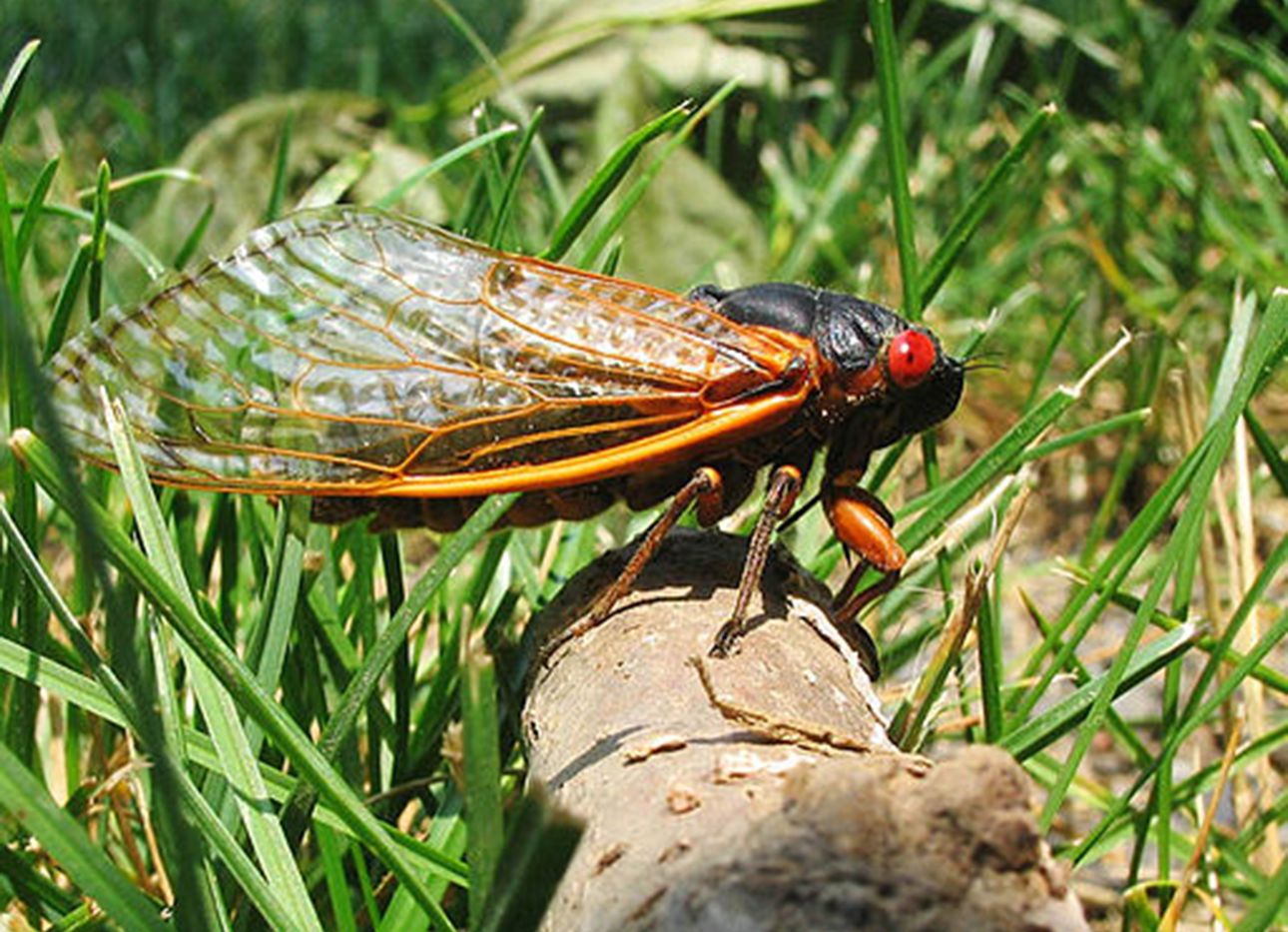
The Shrill Mating Songs of Billions of Cicadas Will Soon Fill the Air
Early American colonists mistook cicadas, compact insects with dark exoskeletons, glistening red eyes, and big wings, for locusts—and in light of recent events, we understandably might do the same. Billions of them, from the ominously named Brood X group of periodical cicadas, will emerge from the earth in the coming weeks, with epicenters in Washington, D.C., Indiana, and Tennessee. They’ve been living underground for 17 years, feeding on tree and plant sap and, once the soil warms up, will claw their way toward the surface to breed. You’ll know when they arrive: male cicadas rapidly vibrate a pair of ribbed membranes called “tymbals,” which sit on either side of their abdomens, to create a shrill, cacophonous mating call that varies from a genial whistle to a raspy din.
Their collective love buzz can be deafening. The noise has been measured at nearly 100 decibels—more thunderous than a running motorcycle or a lawn mower, and similar to standing three feet away from a chainsaw—but can be used as a means to help scientists learn more about the bugs. You can report sightings on iNaturalist.org, Cicada Mania, or Cicada Safari, the latter an app developed by Ohio’s Mount St. Joseph University aimed at mapping this year’s emergence. Aside from their ear-splitting sound, the insects are generally harmless. They prune mature trees, aerate the soil, and after they die, their bodies serve as a significant source of nitrogen for plants. Cicadas also largely tune out humans. For four to six weeks this spring, many should prepare to do the same with them.